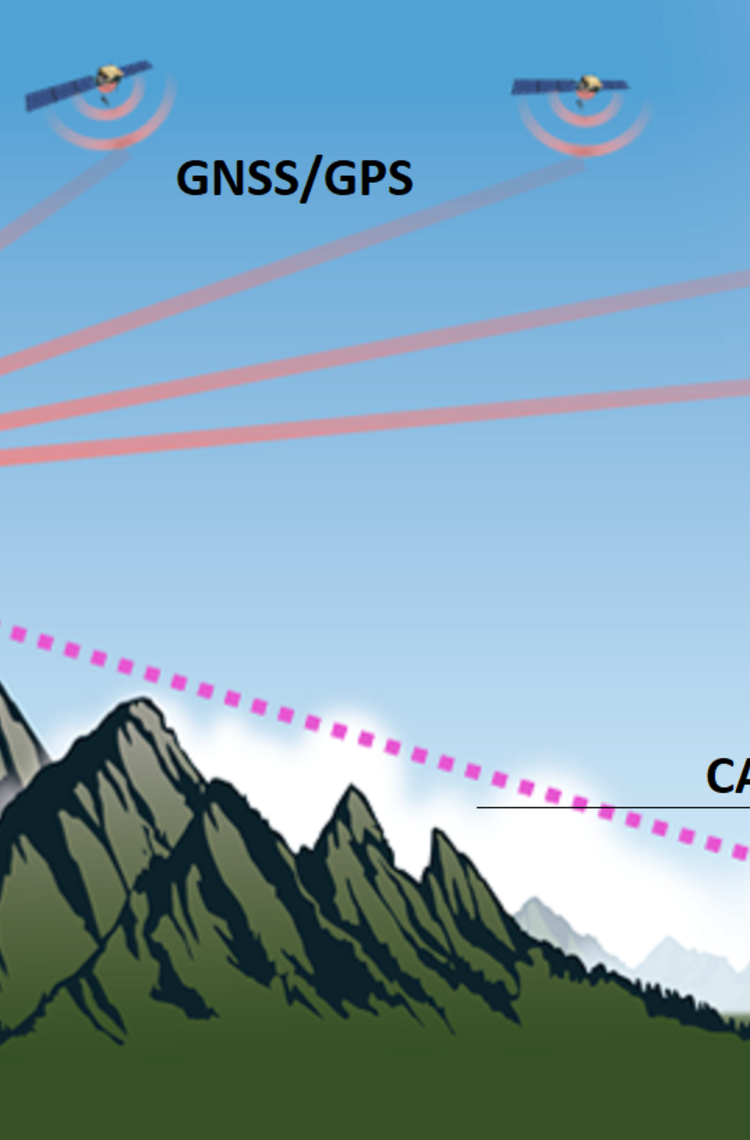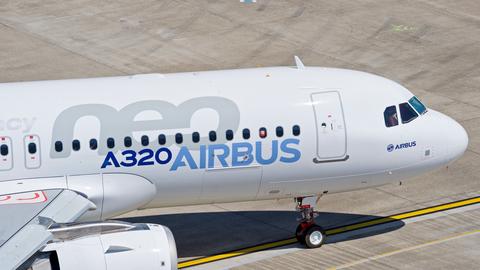In 2015, Airbus introduced its SBAS Landing System (SLS) on its widebody A350, which enables pilots to perform precision CAT1 approaches in reduced visibility conditions using satellite-based lateral and vertical positioning. Since then we’ve worked closely with the European Union to develop and certify SLS technology for the A320 Family – which forms the backbone of airline fleets throughout Europe. This project, co-funded under the EU’s Connecting Europe Facility (CEF) programme, bore fruit in June 2022 with the delivery of the first SLS-equipped single-aisle aircraft for easyJet. Deliveries are continuing apace, such that during 2023 there will be around 10 easyJet aircraft with SLS – and more likely being added thereafter.
Airline SLS selections increase ahead of Performance-Based Navigation mandate in Europe
Following in the footsteps of easyJet, other airlines are stepping up to implement the SLS option in their respective Airbus single-aisle aircraft. To date around 15 customers – mostly European operators, but also some from overseas – have selected SLS to equip more than 110 A320 Family aircraft, with deliveries taking place during the next couple of years.
Over the longer term, the market uptake for SLS is set to accelerate, especially amongst Europe-based airlines, given that by 2030 an EU mandate, called “PBN IR” (Performance-Based Navigation - Implementing Rule) will come into force. This will eventually mean that traditional CAT1 approaches in Europe will no longer be performed using the analogue and radio-based Instrument Landing System (ILS), and instead operators should use satellite-based procedures.
Synergy with EU’s European Geostationary Navigation Overlay Service (EGNOS)
Another synergy of working with the EU is that the SLS technology on the aircraft flying in Europe rely on the space-based external augmentation provided by the EU’s satellite constellation which forms the “European Geostationary Navigation Overlay Service”. Known simply as “EGNOS”, these satellites provide SBAS signal augmentation over the European continent, enabling SLS-equipped aircraft to benefit from accurate vertical trajectory guidance during their final approach to the runway. The same on-board SLS technology can also be used by Airbus operators in other continents with equivalent geostationary SBAS constellations, such the US-based Wide-Area-Augmentation System (WAAS) network, and soon the Japanese-based Michibiki Satellite-based Augmentation Service (MSAS) and the Indian-based GPS-Aided GEO Augmented Navigation (GAGAN).
In addition to the A350 and A320, SLS has also been certified for the A330, A380 and A220 Airbus aircraft Families. Overall, Airbus’ customers’ interest for SLS continues to grow as it provides more flexibility and resilience in their network and their operations, while saving fuel and reducing emissions.
Airbus’ SLS capability for the A320 Family has been co-funded by the European Union within the framework of the Connecting Europe Facility (CEF).
Your media contacts
Contact us
Caroline Portales
Airbus Engineering - Navigation Specialist
Ricardo Ramirez Hernandez
Systems Upgrades Specialist
Martin Fendt
Airbus Corporate Communications - Airbus Commercial Aircraft
Latest news
Continue Reading
Airbus Avionics deploys a unique logistics centre dedicated to radomes
Web Story
Services
Airbus Avionics is proud to announce the opening of its brand-new Radome Logistics Hub, strategically located in Tremblay-en-France.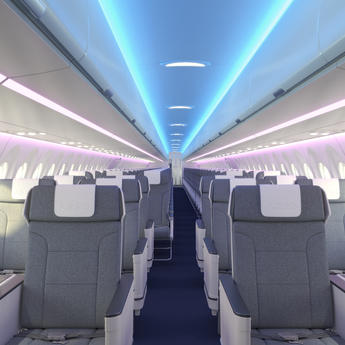
The passenger-favourite A220 gets an Airspace cabin
Web Story
Aircraft
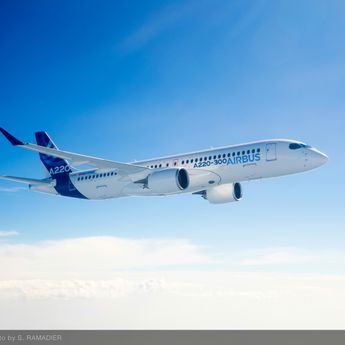
A suite of comprehensive services to keep the A220 flying
Web Story
Aircraft
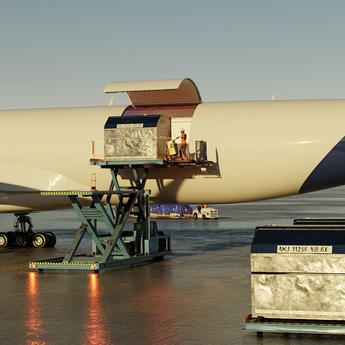
A350F: what makes the world's largest main-deck cargo door a special one...
Web Story
Aircraft
Airbus confirms Hughes as an additional provider of LEO and GEO services for HBCplus
Web Story
Services
